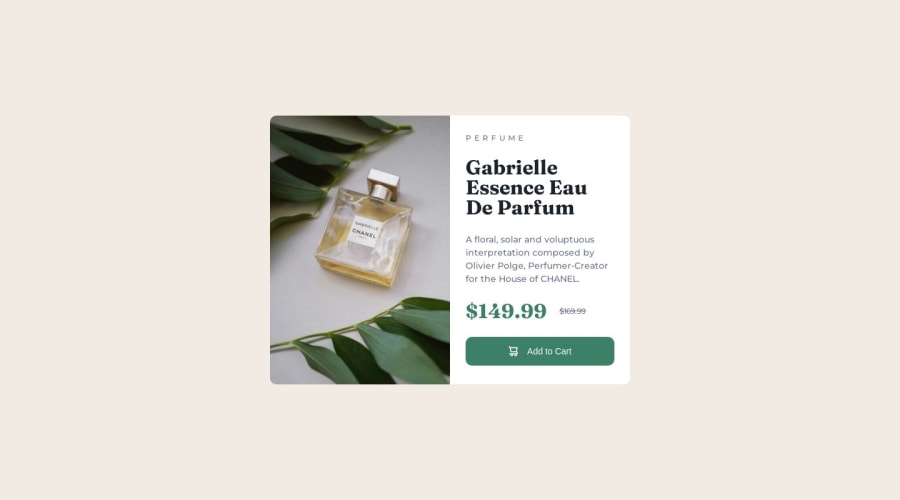
Submitted almost 2 years ago
Product Card Component - BEM, Flexbox - #challenge_02
#bem
@rishi-jsdev
Design comparison
SolutionDesign
Solution retrospective
How can I improve on responsive images?
I guess I still have a lot to learn about flexbox and responsive design.
Please leave feedback. 🙏
Community feedback
Please log in to post a comment
Log in with GitHubJoin our Discord community
Join thousands of Frontend Mentor community members taking the challenges, sharing resources, helping each other, and chatting about all things front-end!
Join our Discord
